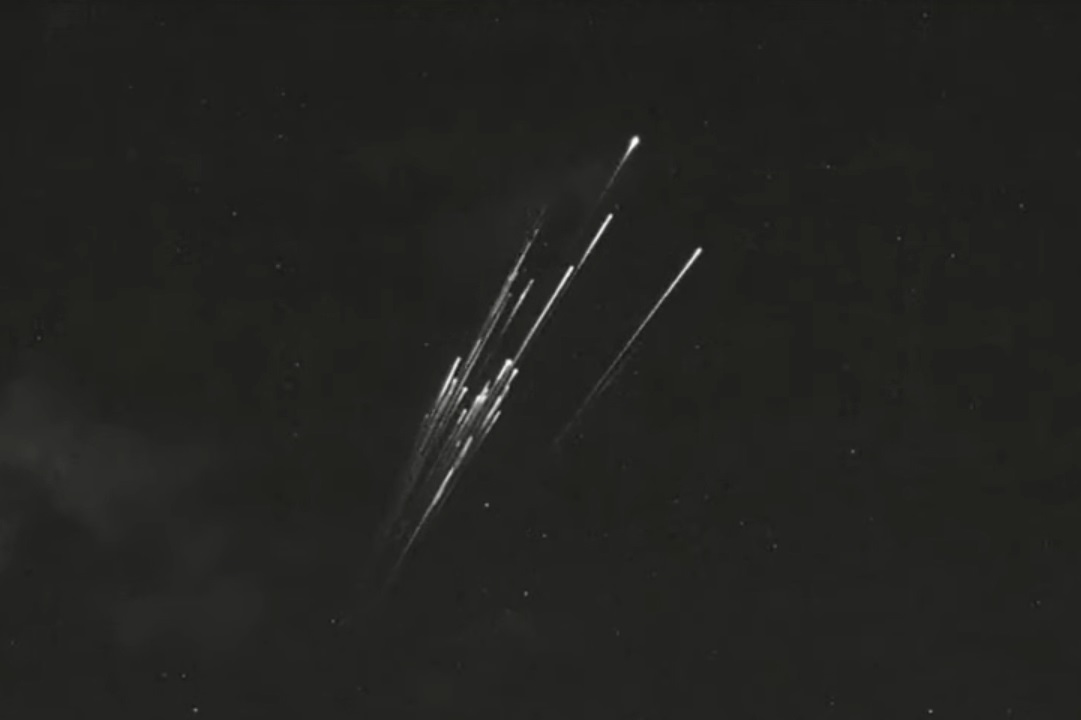After the geomagnetic storm, up to 40 Starlink satellites descended from orbit
09 февраля 2022

On February 3, SpaceX completed the Starlink-4.7 mission, putting 49 more satellites of its constellation into orbit. The next day, Friday, February 4, a solar storm hit the Earth, which had special consequences for these satellites. SpaceX announced yesterday, February 8, that up to 40 of the 49 Starlink satellites have already entered the atmosphere.
Starlink satellite launches are carried out in such a way that the second stage of the Falcon 9 takes the satellites to an altitude of 210 km. However, this is not the final height of the satellites, which independently reach a final height of 550 km. For this purpose, onboard electric motors are used, which, due to their low power, take several weeks to position the Starlink. This operation is not unique to Starlinks, it is also performed for almost all other launches. OneWeb satellites, for example, are launched to an altitude of about 450 km, which varies depending on the rocket used, and after two months independently reach the final orbit of 1200 km.
This method of launching into the final orbit is used for several reasons. For Starlinks satellites, this is done so that in case of problems during the exit or shortly after, the satellites will be able to return to orbit in a few days due to atmospheric friction. This is exactly what happened in the last few days after the solar storm.
Consequences of the solar storm
A solar storm occurs when more particles are ejected from the corona than expected. These emissions increase the density of the solar wind, and when this happens in the direction of the Earth, we get into a solar storm. These phenomena have important consequences for the Earth\'s magnetic field, and in severe cases they cause interference and even physically damage communication systems in space. The geomagnetic storm on Friday, which is a consequence of the solar storm, was not particularly strong, but one of the often insignificant aspects of these phenomena hit SpaceX satellites at the most inopportune time. The solar wind, especially in the ultraviolet spectrum, affects the upper layers of the atmosphere, causing its heating and, accordingly, an increase in density. This means that the Starlinks suddenly found themselves in a zone of increased atmospheric density. Being at an altitude of just over 200 km, the situation was not the best.
SpaceX reported that it gave the command to the Starlinks to go into emergency mode and move \"shift\" away from the direction of their movement in orbit to minimize friction with the atmosphere. According to the data received, SpaceX stated that the density of the atmosphere has increased by about 50%. Therefore, the change of orientation was insufficient, and the \"Starlinks\" could not get out of safe mode. Finally, SpaceX reported that up to 40 of the 49 satellites entered the atmosphere, and as a result of friction, gradually lowering their orbit, completely collapsed before reaching earth. Thus, space debris has not formed, which is certainly important news.
Source: New-Science.ru